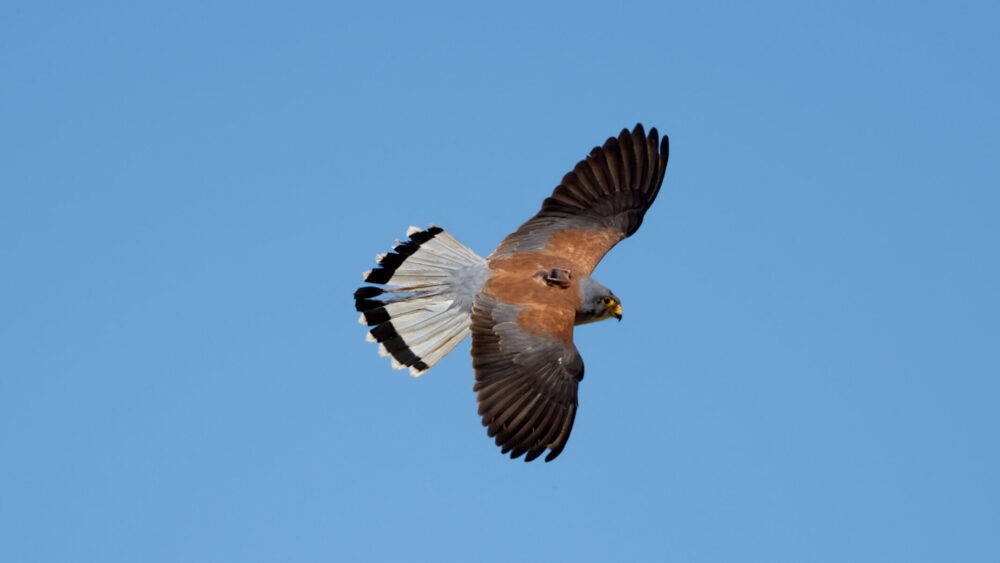Un proyecto para estudiar el uso del hábitat del cernícalo primilla en Andalucía

La Estación Biológica de Doñana – CSIC con la colaboración de LightSource BC inicia un proyecto para estudiar el uso del territorio y la selección del hábitat de los cernícalos primillas para su alimentación. El objetivo del proyecto consistirá en analizar la relación de estas aves migratorias con los usos del territorio entre los que figura el desarrollo de la energía solar fotovoltaica.
El estudio, que se realizará a partir de la primavera de 2024, durará un año, con posibilidad de extenderse anualmente, dependiendo de los resultados de esta primera fase. El proyecto comenzará con el marcaje con dispositivos GPS de varios individuos de cernícalo primilla que nidifican en el norte del término municipal de Carmona, en la provincia de Sevilla, lo cual servirá para monitorizar la distribución en el territorio de la especie en función del uso del suelo y sus patrones de movimiento.
El cernícalo primilla
El cernícalo primilla es un pequeño halcón principalmente insectívoro que se distribuye como reproductor por el sur de Europa, Asia y el norte de África. Es un migrador transahariano que abandona las áreas de reproducción europeas a finales de septiembre u octubre para retornar entre mediados de enero y finales de marzo, aunque algunos individuos invernan en las áreas de cría.
La población europea se estima en entre 32.900 y 42.600 parejas reproductoras, de las que casi la mitad se encuentran en España. El cernícalo primilla es un icono de la conservación de la naturaleza en entornos agrícolas mediterráneos, cuya evolución histórica dependiente de las actividades humanas hace necesarias medidas de conservación proactivas. Ha experimentado distintos vaivenes poblacionales en las últimas décadas. Desde 2005, se constata un nuevo declive que en menos de 20 años ha podido afectar a más de la mitad de la población. Entre los principales factores, se encuentran el deterioro y pérdida de los hábitats de nidificación y, sobre todo, de alimentación.
Recientemente, se ha señalado como una potencial amenaza emergente para la especie la penetración en su área de distribución de plantas de generación de energía eléctrica a partir de fuentes renovables. En el caso de los parques eólicos, se han descrito siniestralidades importantes que pueden comprometer la viabilidad local de sus poblaciones. Para las plantas solares, existe muy poca información acerca del uso que los cernícalos primillas hacen de las mismas. Dada la proliferación de proyectos para instalar plantas solares fotovoltaicas en áreas que todavía conservan poblaciones importantes de la especie, es necesario estudiar sus patrones de comportamiento para implementar acciones de gestión y conservación basadas en información científica de calidad y para crear diseños que resulten beneficiosos para la especie.